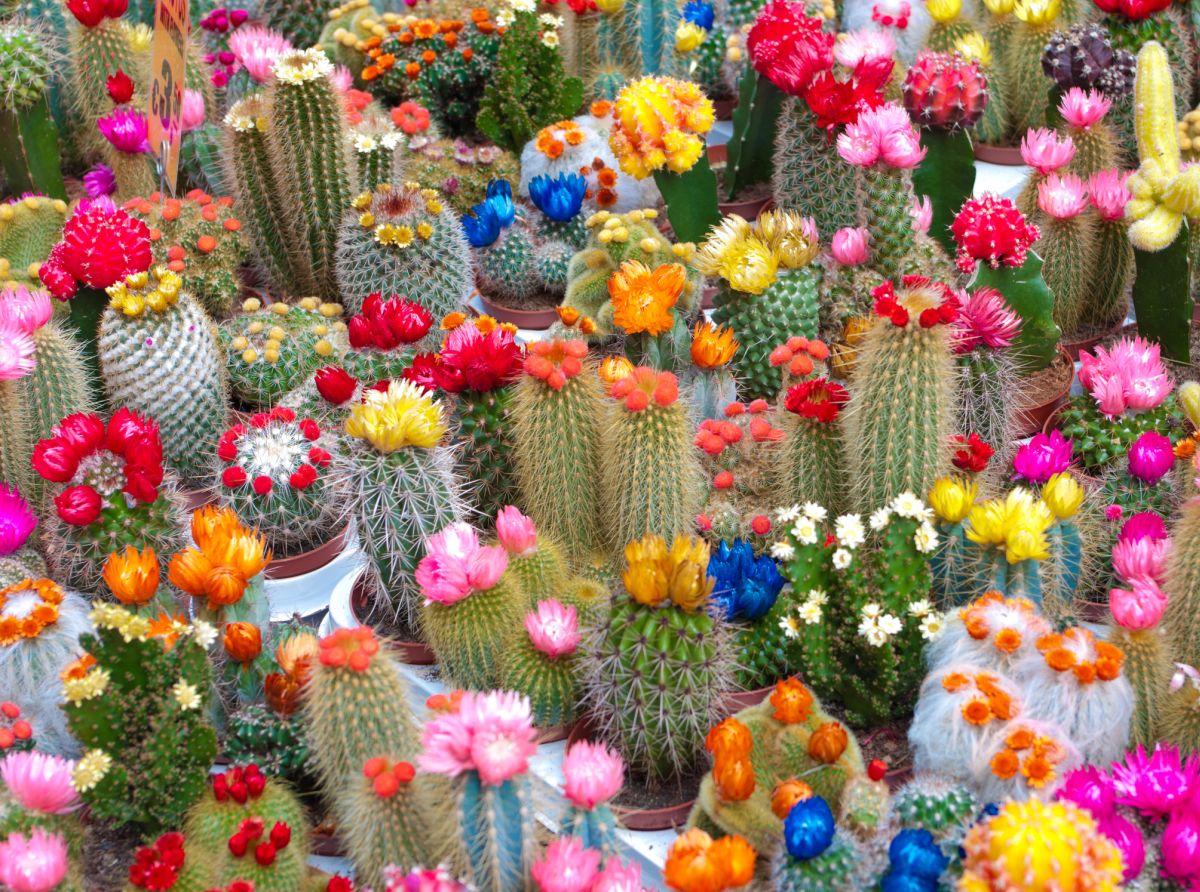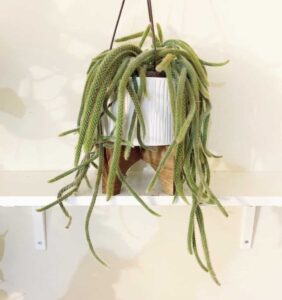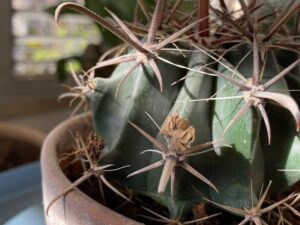The allure of cacti goes far beyond their unique shapes and impressive resilience; it extends into the vibrant worlds of their flowers. These stunning blooms are often an unexpected sight among spiny pads and textured surfaces, showcasing extraordinary colors and captivating forms. Understanding the flowers of cacti can enhance one’s appreciation of these remarkable plants and aid in cultivation efforts. This article will guide you through identifying some of the most beautiful blooms of cacti and offer insights into their care.
From the desert landscapes to your indoor garden, cacti exhibit an incredible diversity in their flowering habits. Yet, not every cactus blooms; several factors dictate whether a cactus will produce flowers, including species, age, and environmental conditions. In this exploration, some common types of flowering cacti will be highlighted, along with tips for encouraging this beautiful spectacle in your own collection.
Initially, grasping the basic terminologies of cacti flowers will aid in understanding their emerging complexities. Most often, cactus flowers are known for their vibrant hues, which can range from deep reds and vibrant yellows to delicate whites and soft pinks. Typically funnel-shaped or star-like, these blossoms can vary considerably in size—from tiny specks to large, showy layouts, often accentuated by their spiny or succulent surroundings.
Many flowering cacti are native to regions with arid climates, where blooms play a crucial role in reproduction. When conditions are optimal—often during the warm months—cacti burst forth with stunning results. Some, like the well-known Saguaro, produce flowers that appear at the tips of their arms, while others, such as the Echinopsis, may release nocturnal blossoms that last just one night.
Among the most anticipated blooms is that of the Opuntia, commonly known as the Prickly Pear. Heralded for their vibrant yellow, red, or orange flowers, these blooms arise in clusters and can often yield edible fruit after pollination. Furthermore, their attractive appearance against the backdrop of sculptural pads offers a striking visual statement in any garden.
Another iconic contender is the Echinopsis, often regarded as a favorite among cactus enthusiasts. With numerous cultivars, this genus produces some of the most stunning blooms, often measuring several inches across. Their nocturnal flowers, typically white or pale pink, emit a gentle fragrance, particularly alluring for nocturnal pollinators. Most notably, the Echinopsis ‘Hibotan’ is revered for its exquisite double blooms.
For those intrigued by unique shapes, the Mammillaria family presents a vast array of flowering prospects. These cacti are characterized by their spherical or barrel shapes, featuring tufts of spines or hair-like structures. Each spring, the Mammillaria plants reward their caretakers with delicate, often ring-like blooms that can transform a monochromatic landscape into a vibrant tapestry of color.
Now, let’s delve into the seasonal lifecycle of cactus blooms. The flowering phase typically commences in late spring and can extend into late summer depending on the species and local climate. Ensuring that your cactus experiences a cold dormancy period during winter will prime it for blooming. Cacti thrive on neglect, thus it’s pivotal to avoid overwatering, especially before the budding season.
Aside from environmental conditions, the right nutrient balance is also essential. A diluted, water-soluble fertilizer tailored for blooming plants can bolster flower production, particularly during the growing season. Additionally, an adequate lighting regimen is imperative. Most flowering cacti crave full sunlight, which stimulates growth and maximizes the likelihood of blooms.
Moving to propagation, many flowering cacti produce seeds post-pollination that can be harvested and sown. This process creates an avenue for cultivating new plants, thus expanding one’s cactus collection. However, cacti seeds can be somewhat finicky, requiring a well-draining soil mix and consistent moisture to germinate successfully. Patience is key, as many cacti can take weeks or even months to sprout from their dormant seed state.
When maintaining flowering cacti, observe the growth patterns closely. Some cacti exhibit a behavior known as “offsetting,” wherein they produce small offshoots, commonly referred to as pups, that can be separated to propagate new plants. This ability exemplifies the resilience and tenacity of cacti and their blooming potential.
Lastly, the appreciation of cactus blooms extends to their environmental significance. During blooming periods, pollinators such as bees and bats play a pivotal role in the life cycle of these plants. The flowering season is a stark reminder of the interconnectedness of ecosystems where each species contributes to the biodiversity of their habitat.
In conclusion, the beauty of cactus flowers is both an aesthetic delight and a profound testament to the resilience of nature. Identifying the vibrant blooms of cacti, understanding their requirements, and appreciating their role in their ecosystem transforms the act of cultivation into a rewarding pursuit. Whether you are an experienced cultivator or a curious newcomer, the enchanting world of cactus flowers offers something for everyone. Embrace the journey of nurturing these plants, and you may find delight in their spectacular displays.




Leave a Comment